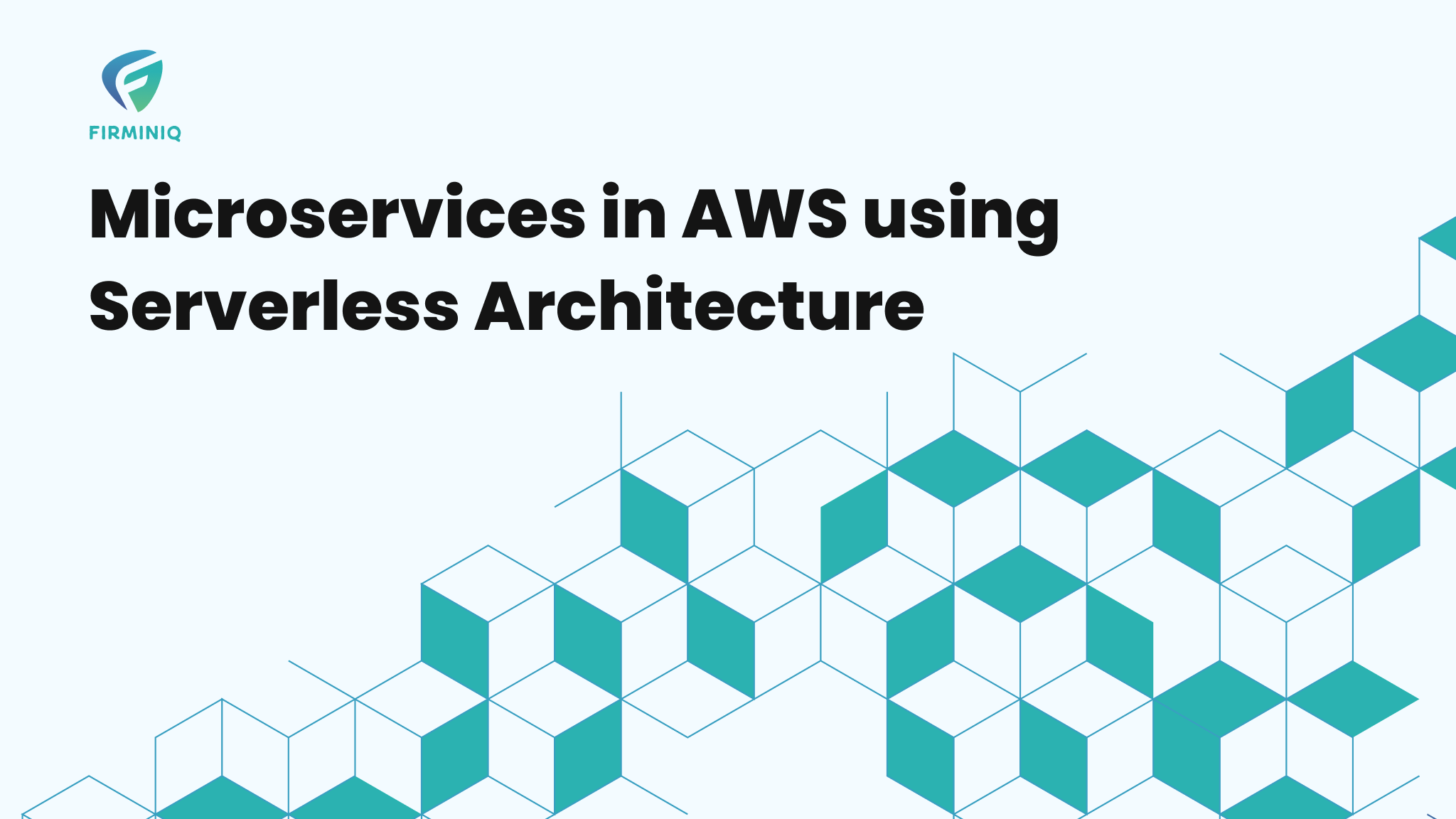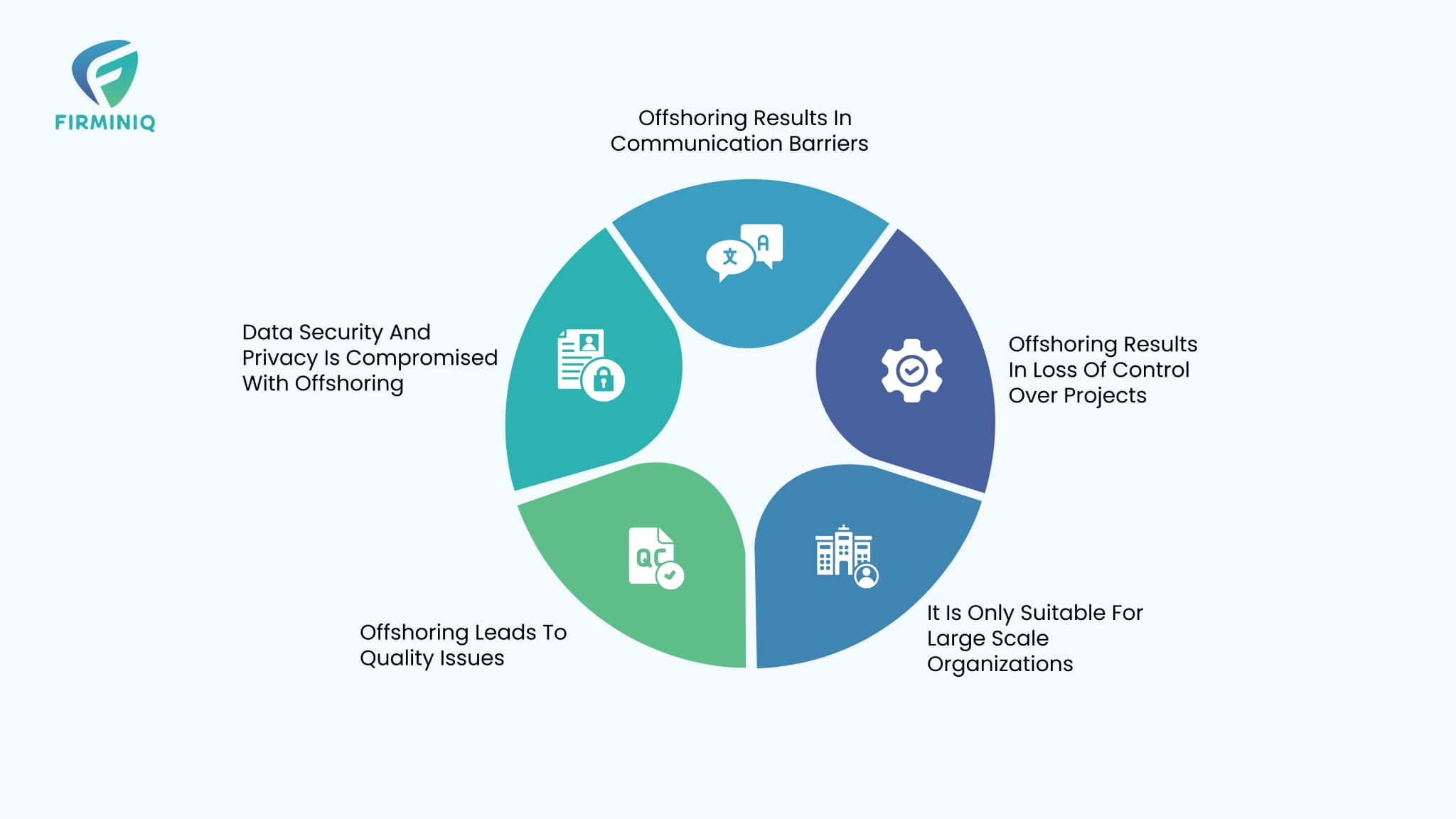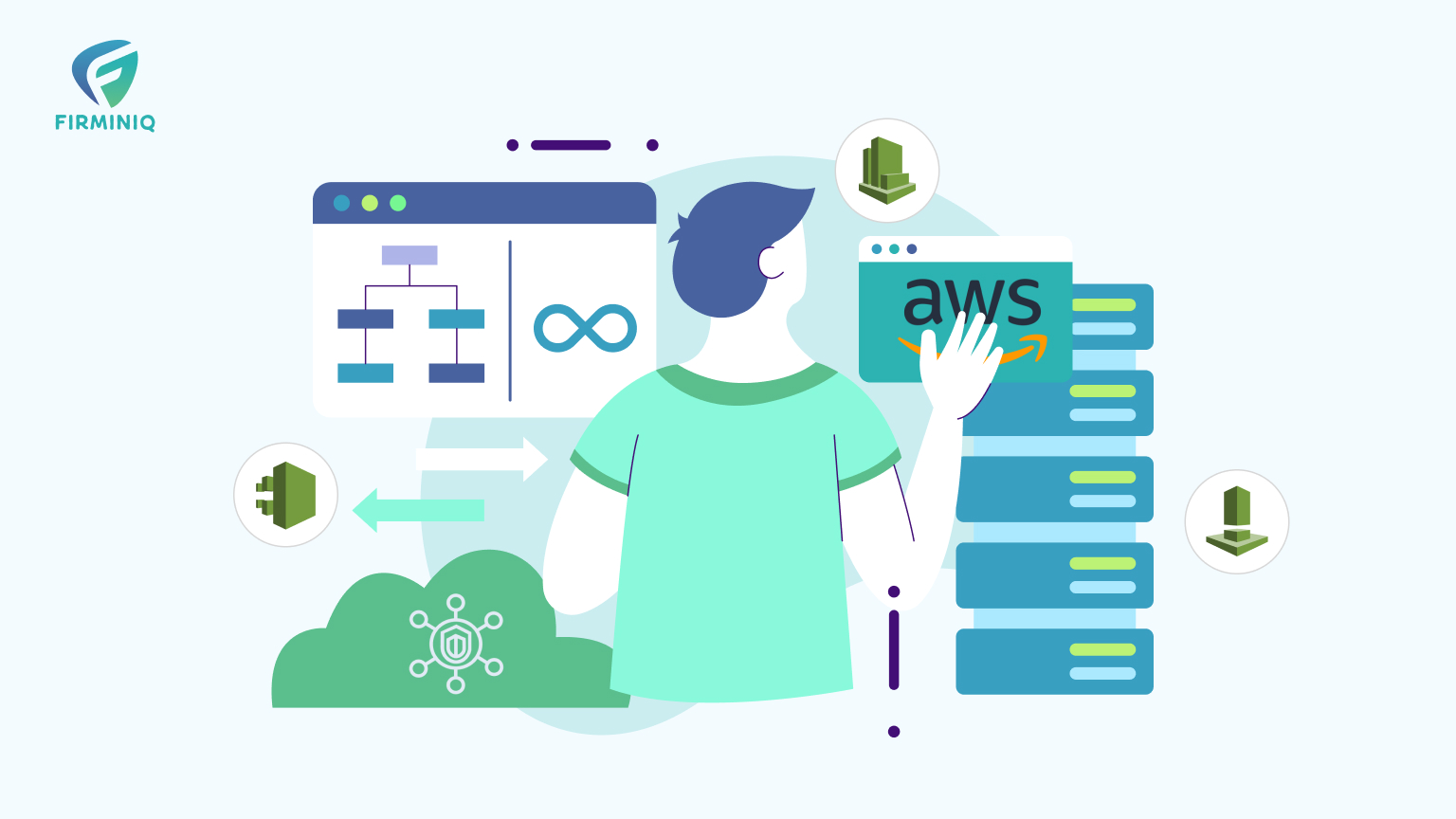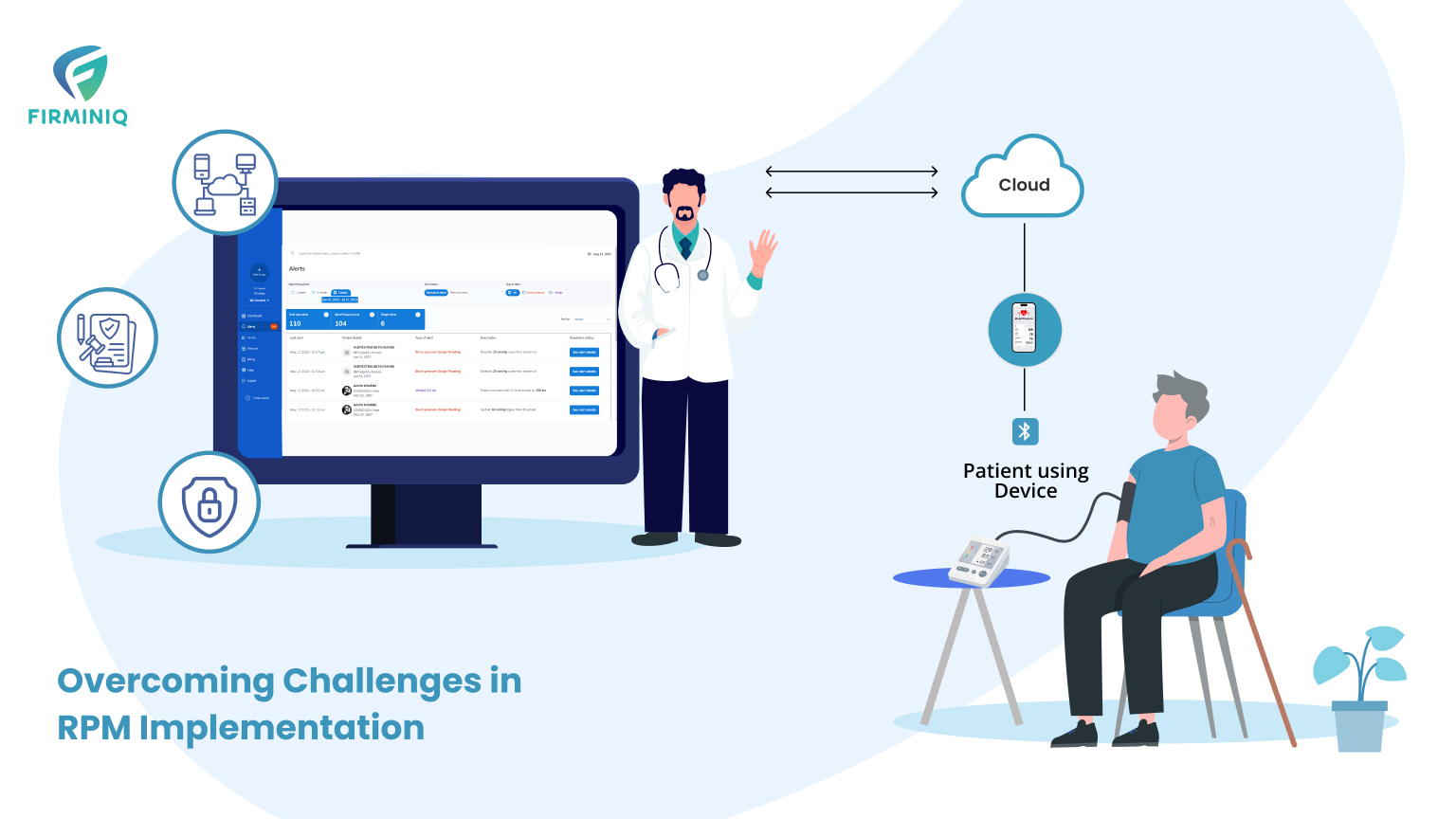Introduction
Microservice architecture has become increasingly popular in recent years as it allows developers to build complex applications by breaking them down into smaller, independent components. AWS serverless is a powerful tool that can be used to implement this architecture in a scalable and cost-effective manner.
In this blog, we will explore the basics of microservice architecture and how AWS serverless can be used to implement it.
What is Microservice Architecture?
Microservice architecture is an architectural style that structures an application as a collection of small, independent services that are loosely coupled and communicate with each other through APIs. Each service is responsible for a specific business capability and can be developed, deployed, and scaled independently.
This approach has many advantages, such as:
- Increased agility
- Faster deployment times
- Easier scaling
However, it also introduces some complexities, such as:
- The need for service discovery and management
- Inter-service communication
- Distributed data management
AWS Serverless for Microservices: Lambda, API Gateway, DynamoDB, and SNS Best Practices
AWS Serverless is a cloud computing platform that allows developers to build and deploy applications without having to manage infrastructure. It provides a range of services that can be used to implement microservices, such as AWS Lambda, Amazon API Gateway, Amazon DynamoDB, and Amazon SNS.
AWS Lambda is a serverless compute service that allows developers to run code without provisioning or managing servers. It supports multiple programming languages, including Node.js, Python, Java, and C#, and can be triggered by events such as API requests, file uploads, or database changes.
Amazon API Gateway is a fully managed service that allows developers to create, publish, and manage APIs. It supports REST and WebSocket APIs, and can be used to handle authentication, throttling, and caching.
Amazon DynamoDB is a fully managed NoSQL database that can be used to store and retrieve data at any scale. It supports document and key-value data models, and provides built-in features such as auto-scaling, backup and restore, and global tables.
Amazon SNS is a fully managed messaging service that allows developers to send and receive messages between services. It supports multiple messaging protocols, such as HTTP, HTTPS, email, and SMS, and can be used to implement event-driven architectures.
Using AWS Serverless, developers can implement microservices by creating Lambda functions for each service, using API Gateway to expose them as APIs, storing data in DynamoDB, and communicating between services using SNS.
Challenge
Since our microservices mostly requires synchronous communication between the services and hence we are using https-based communication.
One of the main challenges in securing AWS microservice communication is ensuring that the microservices can authenticate and authorize each other correctly.
Solution
As we are using API Gateway + Lambda to achieve the serverless architecture, API Gateway, which provides a centralized point of entry for all microservices and handles authentication and authorization. API Gateway can also be configured to use AWS Identity and Access Management (IAM) to control access to microservices and enforce fine-grained authorization policies.
Pros
- Improved Security
We can limit the access with users/roles that are privileged to use the microservice. - Ease of Maintenance
As we are using lambda functions, every lambda function will have temporary access and secret keys, so that we don’t need to separately maintains access and secret keys.
Cons
- The API request is going through internet and may cause issue with data leakage.
- Since it is using internet to communicate, it will take more time to complete.
Overcoming Challenges with Private APIs
To overcome the above-mentioned issues, we have made these microservices as private APIs.
Using private APIs to implement communication between AWS microservices can be a secure option, if appropriate security measures are implemented.
Private APIs are APIs that are not publicly accessible and can only be accessed by authorized users or applications within a private network or virtual private cloud (VPC). Private APIs can be used to restrict access to microservices within an organization and reduce the attack surface of the microservices architecture.
We have configured all the microservices inside a VPC and they will be communicating with each other privately.
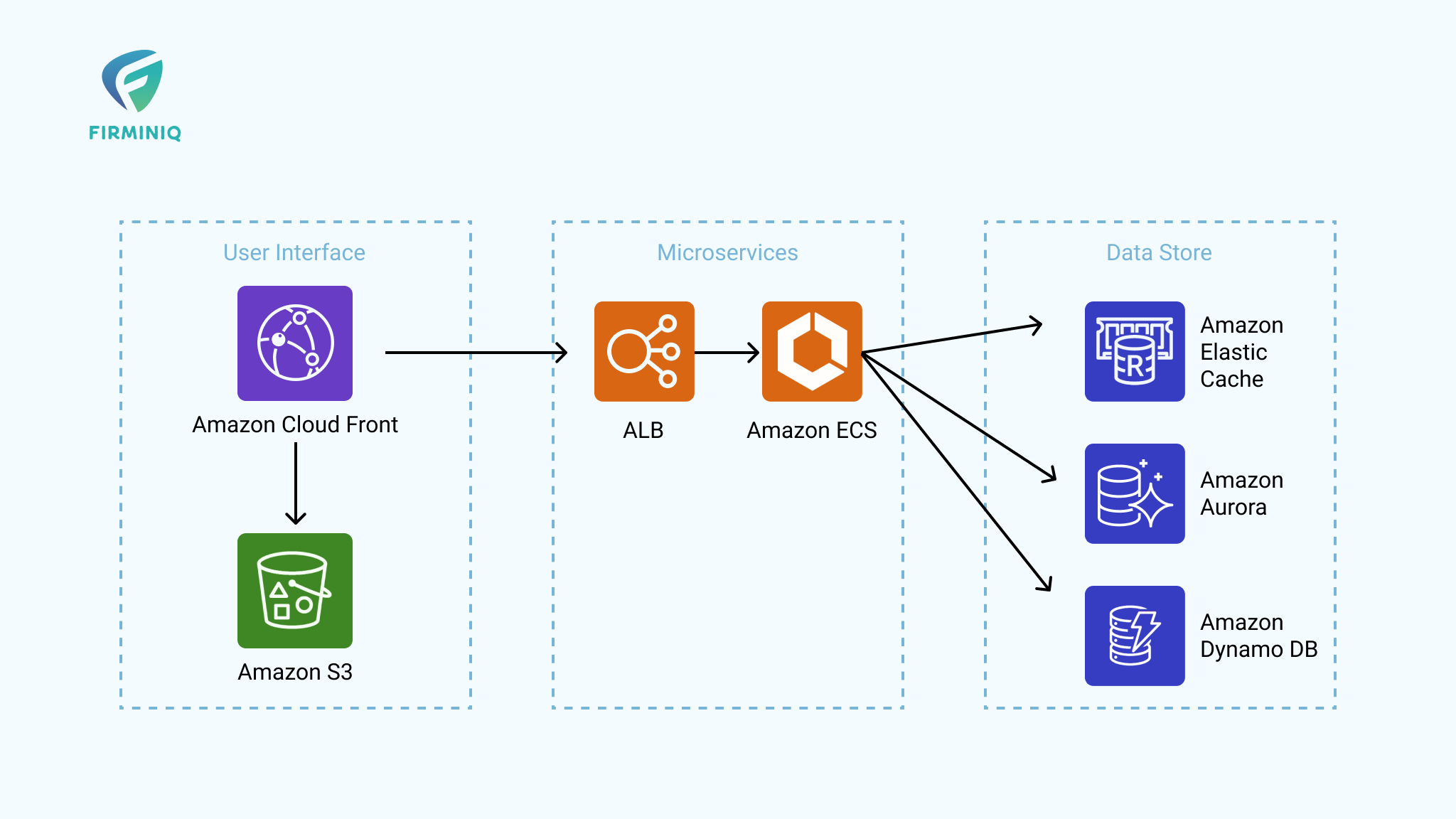
Conclusion
Microservice architecture and AWS Serverless are both powerful tools that can be used to build complex, scalable applications. By combining these two technologies, developers can create highly flexible, agile, and cost-effective applications that can scale to meet changing business needs. Whether you are building a new application or migrating an existing one, AWS Serverless provides a range of services that can help you implement microservices quickly and easily.


